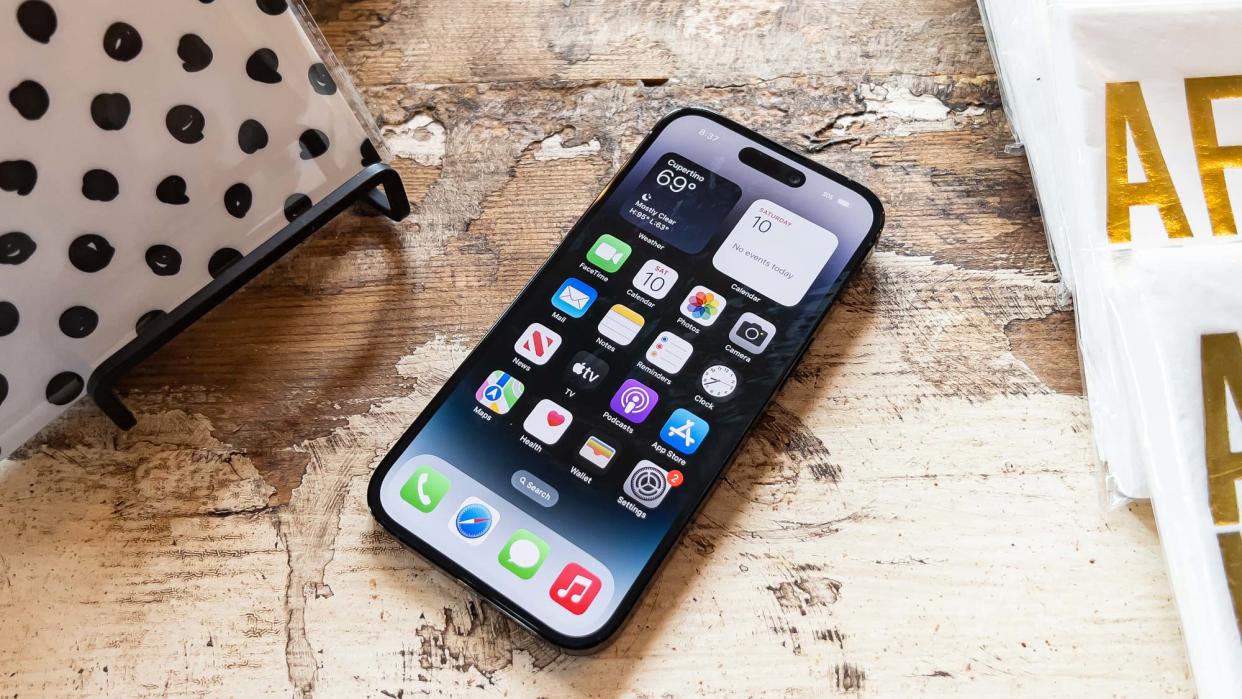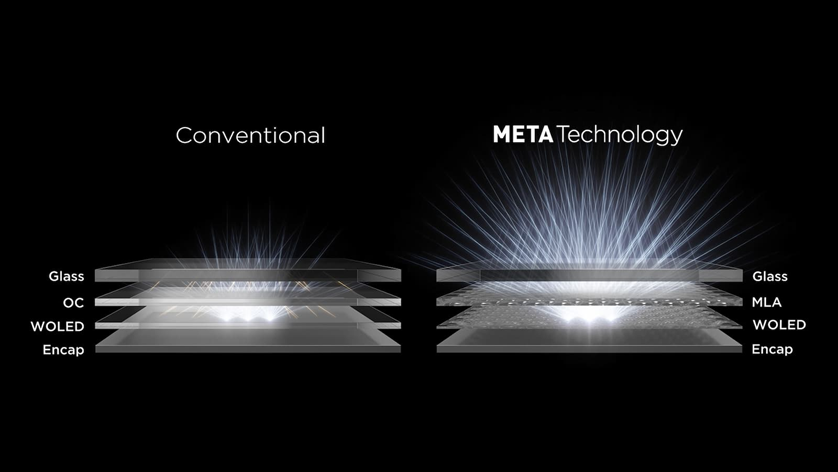Forget iPhone 15 — iPhone 16 just tipped for this huge upgrade

While we’re just ten days away from the iPhone 15 finally being unveiled, a new report in Korea suggests that those who want the brightest screen or best battery life might be better off delaying their upgrade for another year.
According to The Elec, Apple display suppliers LG and Samsung are encouraging the company to adopt micro-lens arrays (MLA) in the OLED panels for the iPhone 16.
MLA is a layer of microscopic lens placed on top of an OLED screen, and is found in some TVs. These take the light that would normally be reflected inside the panel and redirect them to the front of the display.
This has two big advantages over OLED screens without MLA, explained by LG here. Not only does more light facing outwards mean that you get a brighter screen to look at, but it uses the same energy consumption — meaning it doesn’t impact battery life.
Alternatively, you could drop the brightness from current levels to boost battery life without the user noticing. Either way, it’s a big improvement, considering the screen is one of the main battery hogs on any given smartphone.
Apple weighing MLA OLED trade-offs

But there are two drawbacks to the solution which prevent it from being a no-brainer for Apple to implement.
The first is that the redirection of light comes with a cost: reducing the viewable angle of a screen.
That’s probably not a big problem if you’re just using your iPhone to browse the web or play a game in your hand, and you could even see Apple spinning it as a positive for privacy if it prevents the person next to you shoulder reading your emails. But then again it could be a dealbreaker if you like to prop your phone up to watch movies.
The second drawback is less of a hurdle. It costs more to produce screens with MLA, but given the margins on iPhones, you can imagine Apple happily absorbing this (or passing the cost on to the consumer with a price hike) if it made the phone markedly better.
Still, at the time of writing, The Elec says that Apple is yet to decide one way or the other, so it’s probably best not to base your buying decision on what may or may not happen in 2024’s handsets.
The USB-C-toting iPhone 15 is widely expected to be revealed at the upcoming Apple event on September 12. Buyers of the iPhone 15 and 15 Plus can look forward to devices inheriting several features from the iPhone 14 Pro including a 48MP camera and Dynamic Island.
Meanwhile, those opting for the iPhone 15 Pro will likely get the faster and more efficient A17 chip, a programmable Action Button and a periscope lens if choosing the iPhone 15 Pro Max model.


